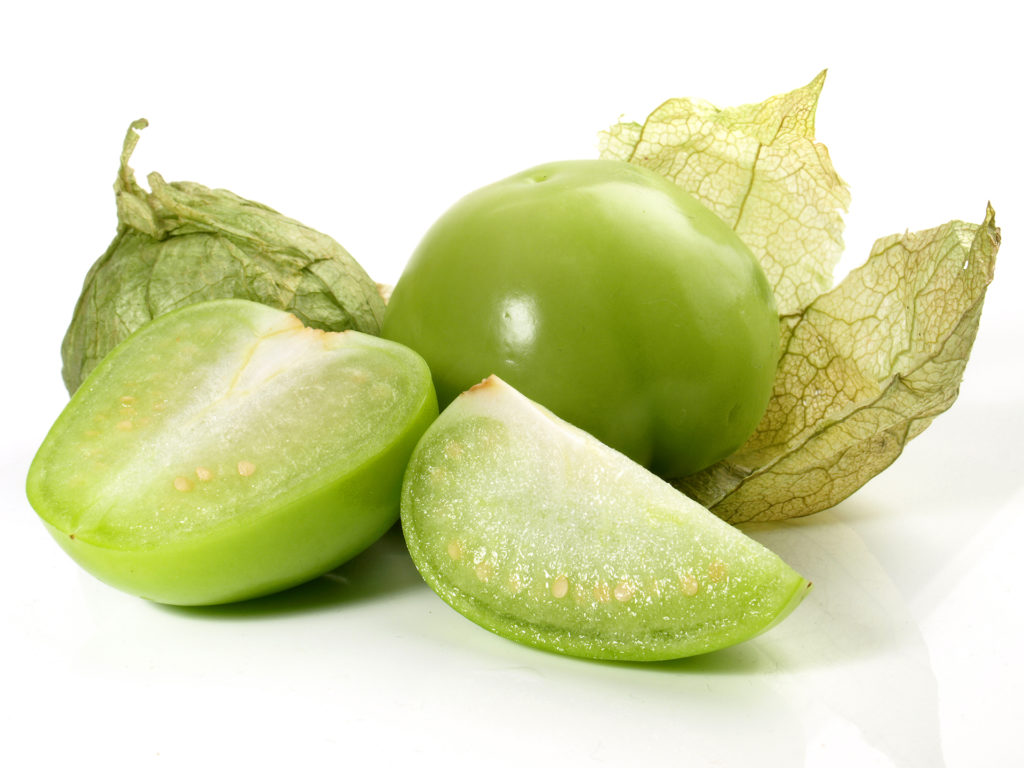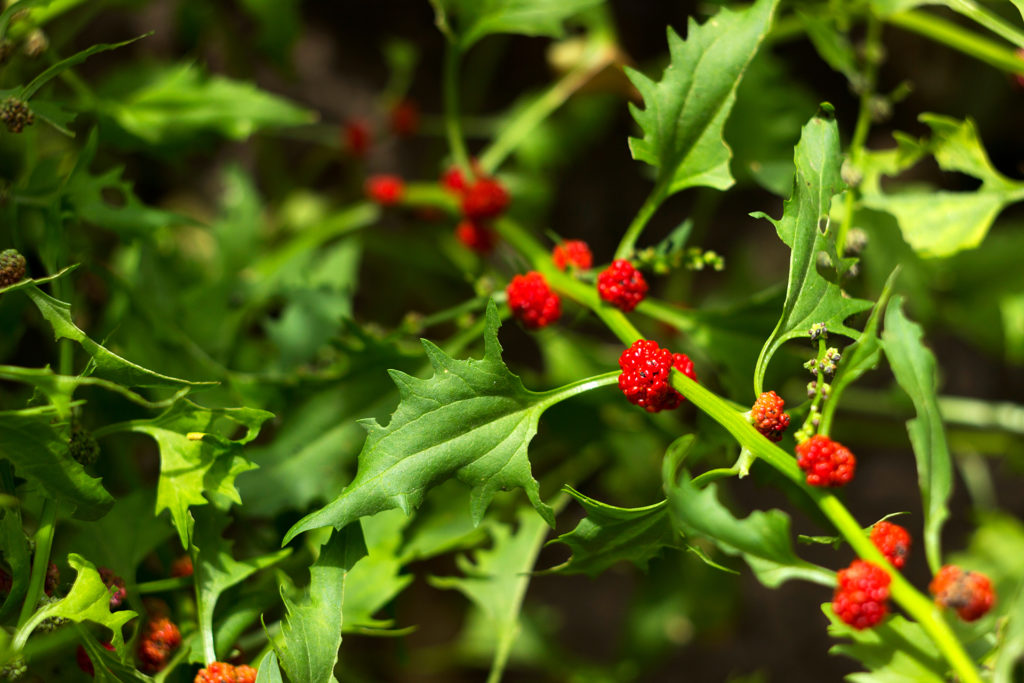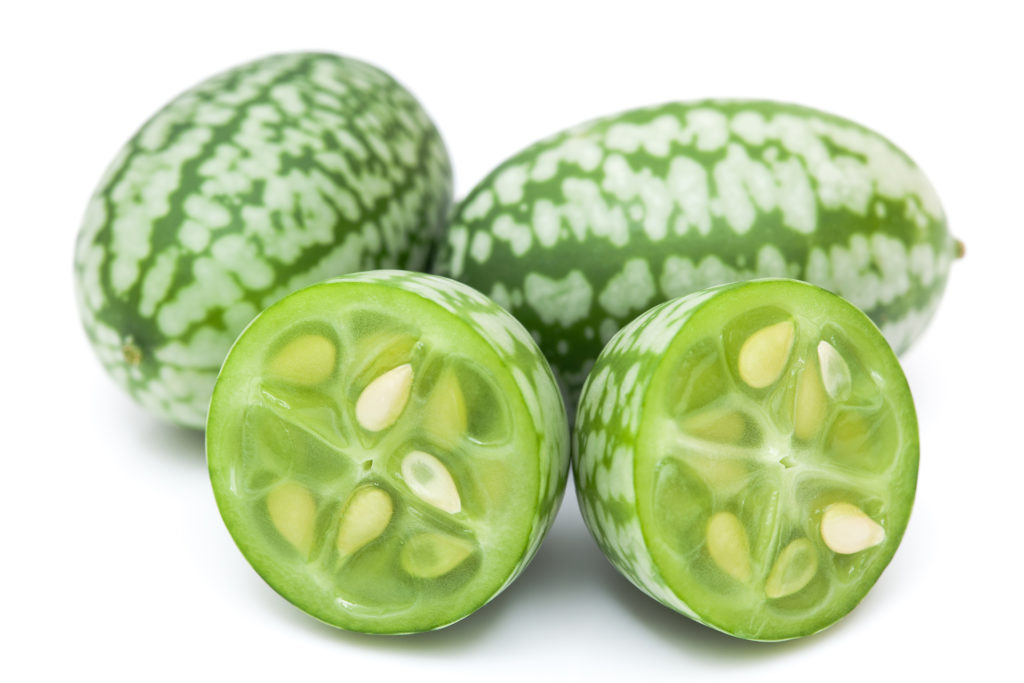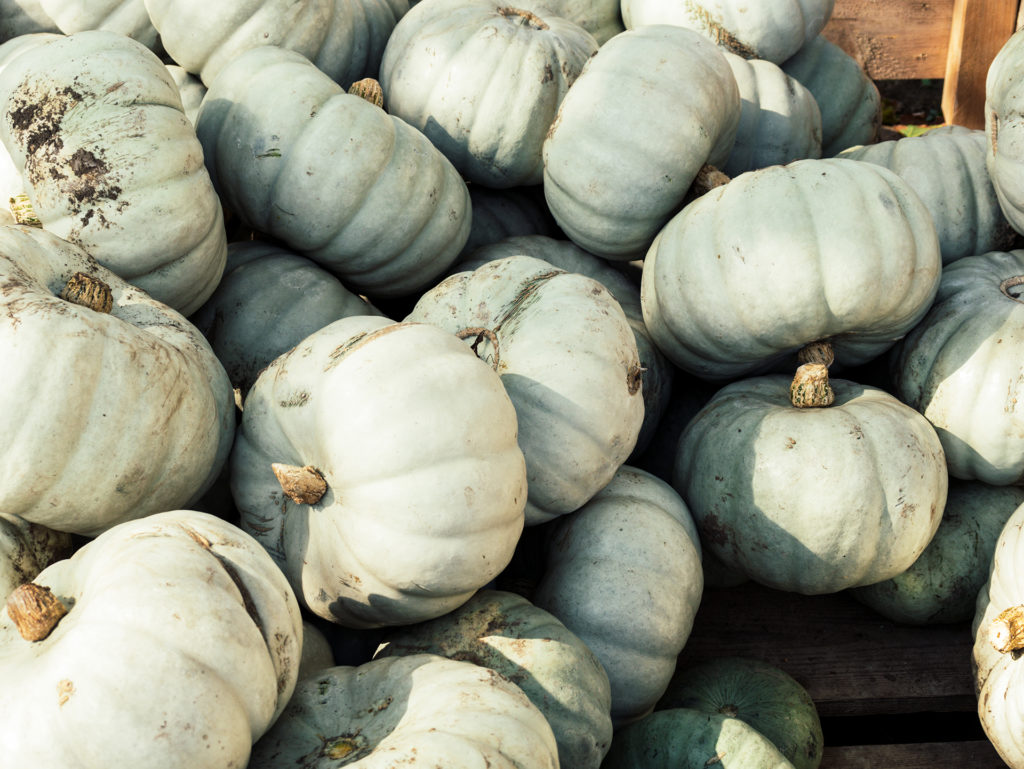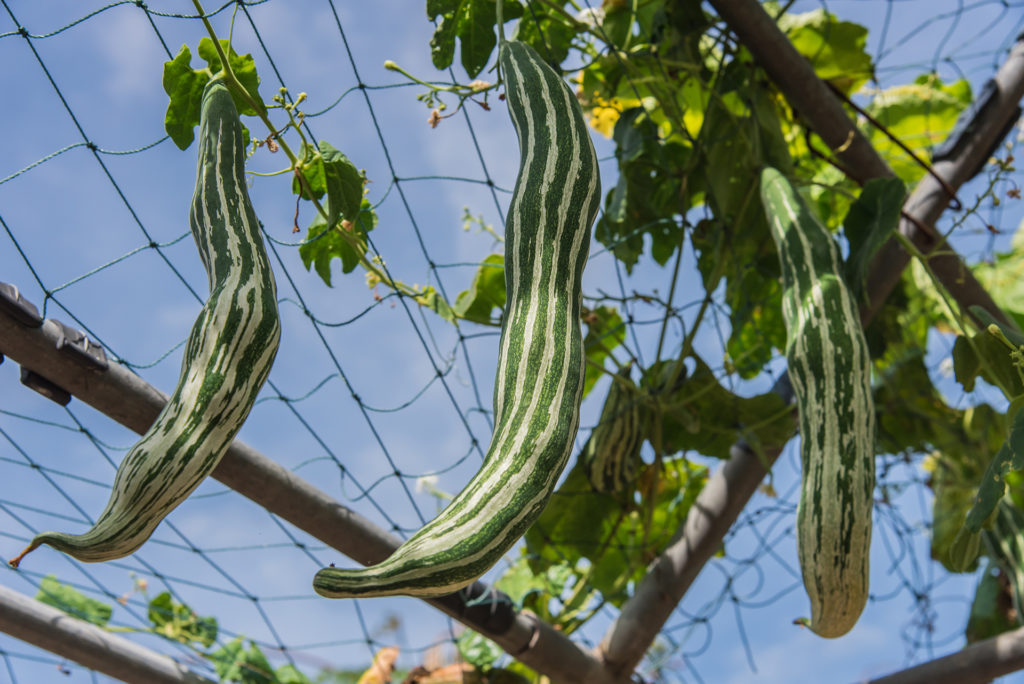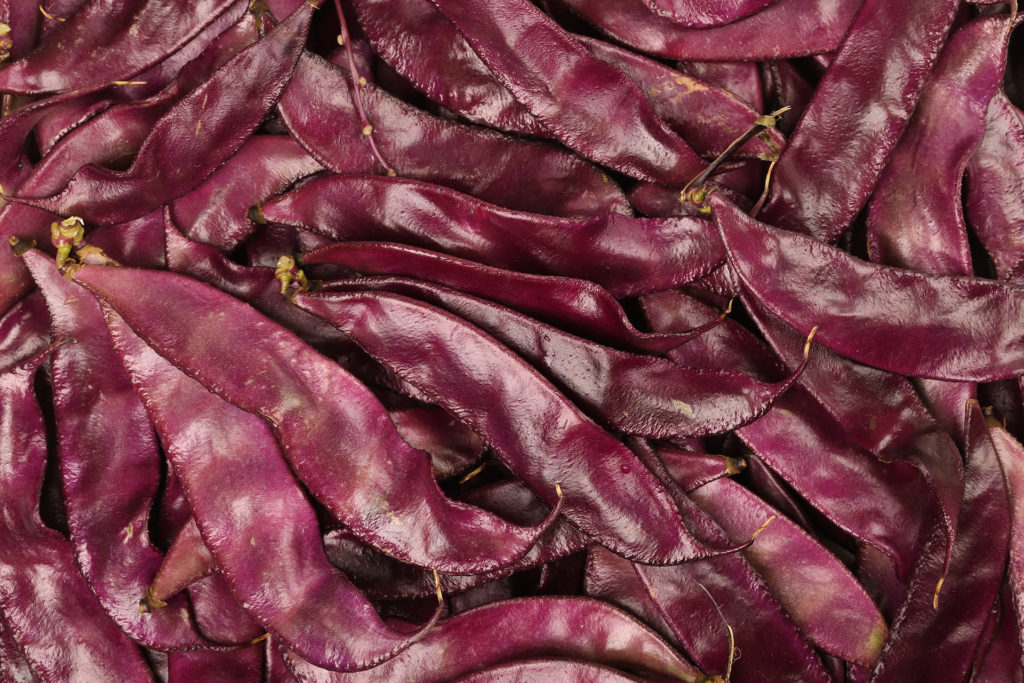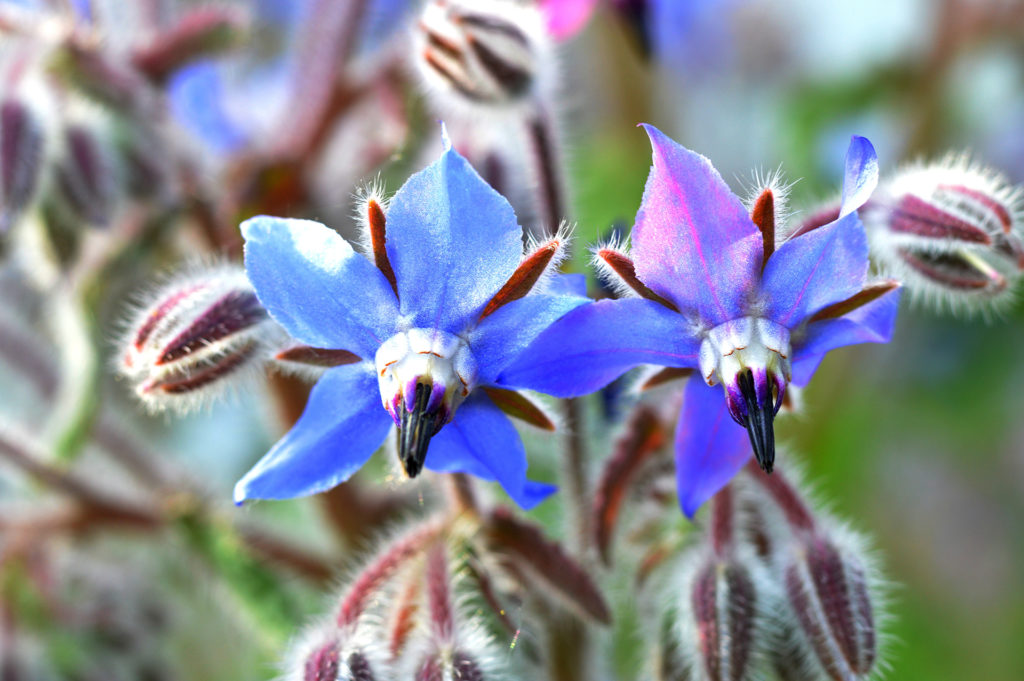Quirky Produce You Might Like To Grow In 2020!
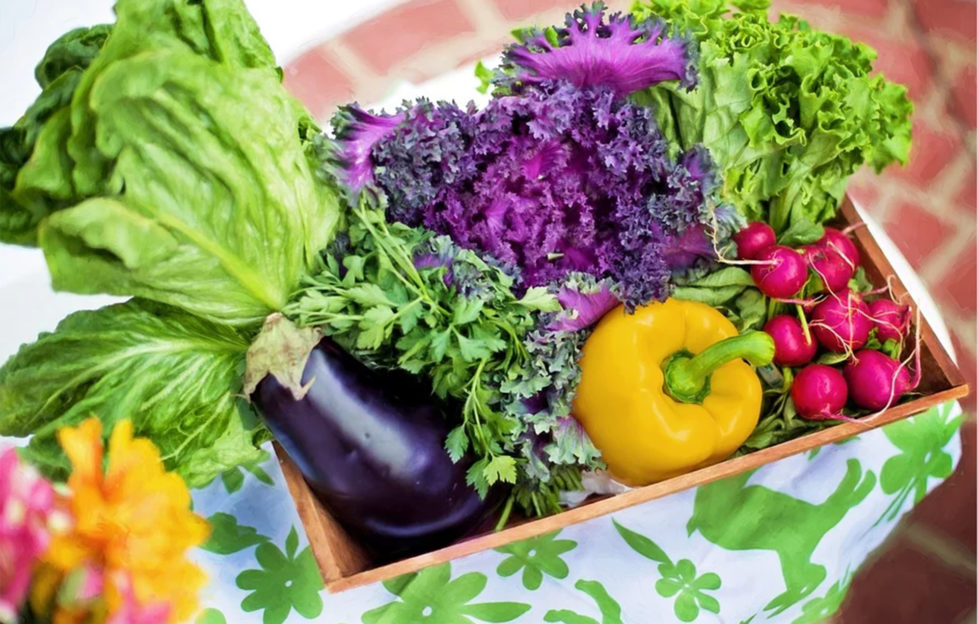
Even though summer 2020 seems like a lifetime away, it’s not — we promise! And now could very well be the time to start using any new garden equipment and thinking about what you want to grow in your garden in 2020. There are many reasons why you should grow your own vegetables and produce: helping the environment, keeping yourself active, saving money and becoming more nutritious to name a few. But, aside from the staple products such as cabbage, carrots, tomatoes and peas, what could make it onto your list of homegrown produce for this year? Here, we look at some of the quirkiest items you can grow at home or in an allotment:
Tomatilloes
The tomato is believed to be a staple in any gardener’s repertoire, but what about a tomatillo? Cousin to the better-known tomato, a tomatillo produces a totally unique lime flavour. Plant this product in compost-enriched soil in the spring once the frosty weather has passed and watch them thrive. To mellow their flavour, try blanching them. Or, why not dry roast them to produce an earthy, nutty flavour?
Strawberry spinach
This vegetable produces edible and vibrant red berries from its spinach-like leaves, which are also suitable for eating. It can be sown directly from March and benefits from moist soil with plenty of sunshine. If you leave a few of the fruits on the plant as they come to the end of the season, they’ll also self-seed for next year!
Wok Broc
A lot of us enjoy a bit of broccoli on our roast dinners, but why not add a bit of Cantonese cuisine to your plate by the way of wok broc? All parts of this quick-growing Asian delight are edible and are perfectly suited to a salad — they have a similar taste to broccoli but carry a hint of kale. Better still, why not start growing them in the winter in your greenhouse? From planting to plate in eight to 10 weeks!
Cucamelons
Referred to as ‘mouse melons’ this easy-to-grow item can vine up anything vertical up to eight feet high. Getting its name from looking like a small watermelon, this fruit has a crunchy texture. It’s important to plant it in a sunny spot shielded from wind. Also, be sure not to leave it on the vine too long as this can make the skin become tough. It’s also worth noting their health benefits. Cucamelons are rich in the heart-improving antioxidant lycopene as well as vitamin K, E and C!
Red Rubine
At Christmas time, brussel sprouts become adored for a short time. Why not bring something slightly different to the table with red rubines? These sprouts pack a deep reddish-purple colour, making them a very ornamental figure in the veg garden. Ideally, you’d grow these in beds and borders with access to plenty sunshine.
Crown Prince Squash
A firm favourite among seasoned growers, but the crown prince wouldn’t necessarily be well-known to the majority of us. This product, with its steel blue skin and bright orange flesh has a nutty, honey-like depth and smooth, pudding-like flesh. It’s perfect to add to any roast. Plant it in May and have it ready to harvest in August/September time!
Snake Gourd
If you are partial to a curry, this is a great addition to your home-grown produce. This long, twisted green fruit tastes like squash and is recommended to add in chunk form into a curry alongside chillies and spices. The shoots can also be added to stir fries once they’ve been steamed. Simply sow in pots in May and plant outside from mid-June and watch this Asian delight grow.
Lablab beans
Why not add a bit of colour to your garden with these beans, also referred to as Hyacinth beans? This violet plant can grow up to two metres in height and spouts purple pods which are flat, blunt, and slightly curved. While many may just use this as an ornamental climbing plant, it’s a different species to the French bean and can be eaten whole — just be sure to cook them to get rid of their toxins!
Borage
When considering herbs, your mind is likely to go straight to the likes of basil and coriander. Well, switch it up in 2020 and choose borage. Perfect for adding to summer drinks, freeze this edible flower into an ice cube and drop it in your favourite cocktail. Also known as ‘bee bread’ or ‘starflower’, this bright blue flower is also suited to a salad thanks to its salty flavour and cucumber-like odour.
These quirky items are just some of many possible produce additions to your space. Hopefully they’ve provided some food for thought and will allow you to spruce up your greenhouse, allotment, or garden space in the new year.
For more gardening tips and advice . . .

